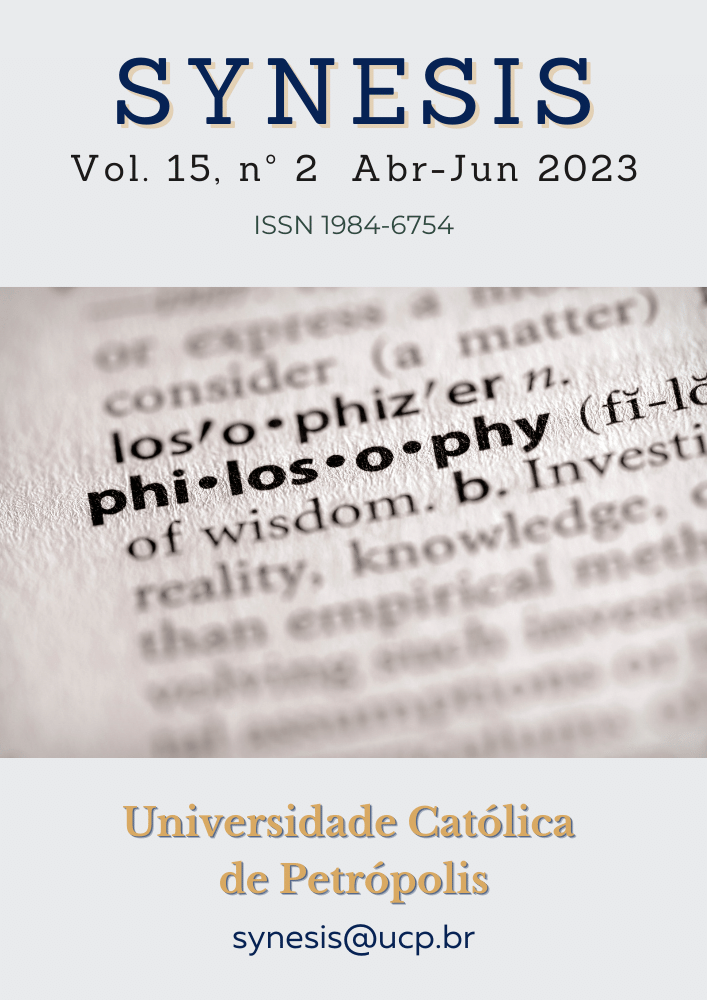Resumo
O objetivo deste estudo foi verificar as origens das calças e apresentar uma série de teorias postuladas a esse respeito. Para atingir esse objetivo, vários métodos de pesquisa foram empregados, incluindo análise histórica, investigação comparativa, generalização, pesquisa, elucidação conceitual e investigação observacional. Foi comprovado que a gênese das calças pode ser atribuída aos povos turcos, que facilitaram sua transmissão para o resto do mundo. Através de uma avaliação de artefactos arqueológicos e de coleções de museus, procedeu-se a uma análise comparativa, validando que o protótipo original de calças foi utilizado ininterruptamente até meados do século XX. Esta pesquisa revelou as antigas terminologias empregadas para se referir a calças nas sociedades turcas. Ao delinear a diversidade de formas e variedades de calças, uma nova perspectiva sobre sua gênese foi articulada e documentada no manuscrito.
Referências
Abdulova, G. (2015). Azərbaycanın ənənəvi qadın geyim və bəzəklərinə dair [On traditional women's clothes and decorations of Azerbaijan]. Transactions National Academy of Sciences of Azerbaijan (series of social sciences), 4, 88-109.
Ağayeva, K. (2017). Qafqazda gender məsələləri [Gender issues in the Caucasus]. Baku: Elm və təhsil.
Ana Britannica. (1986). Cilt 3. İstanbul: Ana Yayıncılık.
Arslaner, Ç. (2007). Türk giyim kültüründe pantalonun gelişimi. Retrieved from http://www.hbektas.gazi.edu.tr/dergi/kearmagan/araslaner.htm-367k
Ayhan, F. (2013). Türk giyim kültüründe pantalón [Trousers in Turkish clothing]. Akademik Bakış Dergisi, 39, 1-21.
Bower, B. (2014, May 30). First pants worn by horse riders 3,000 years ago. Science News. Retrieved from https://www.sciencenews.org/article/first-pants-worn-horse-riders-3000-years-ago
Castronova, F. V. (Ed.). (1999). Reference library of Arab America: Countries & ethnic groups, Kuwait to United Arab Emirates. Detroit: Gale Group.
Crane, D. (2000). Fashion and its social agendas: Class, gender and identity in clothing. Chicago: The University of Chicago Press.
Dünyamalıyeva, S. (2013). Azərbaycan geyimlərinin bədii-dekorativ xüsusiyyətləri [Artistic and decorative features of Azerbaijani clothing]. Baku: Elm.
Eberhard, W. (2002). Eski Çin kültürü ve Türkler [Ancient Chinese culture and Turks]. In Türkler (Vol. 1, pp. 792-801). Ankara: Yeni Turkiye Yayinlari.
Eberle, H., Gonser, E., Hermeling, H., Hornberger, M., Kilgus, R., Kupke, R., Menzer, D., Moll, A., & Ring, W. (2008). Clothing technology. Ostfildern: Verlag Europa Lehrmittel.
Gavenas, M. L. (2008). The Fairchild encyclopaedia of menswear. New York: Fairchild Books.
Jirousek, C. (2005). Islamic clothing. In Encyclopedia of Islam. New York: Macmillan Pub.
Kaşğari, M. (2006). Divani-lüğət-it-türk (Vol. 4, Pt. 1). Baku: Ozan.
King & Allen. (n.d.). A brief history of trousers. Retrieved from https://kingandallen.co.uk/a-brief-history-of-trousers/
Kitabi-Dede Korkud Ensiklopedisi. (2000). In 2 vols. Vol. II. Baku: Yeni Nəşr Evi.
Koçu, R. E. (1996). Türk giyim kuşam ve süslenme sözlüğü [Turkish clothing and ornament dictionary]. Ankara
Mayor, A. (2014). Who invented trousers? Natural History, 122(8), 28-33.
Miller, L. R. (1998). Turkey: Between East and West. Tarrytown: Benchmark Books.
Mustafayev, A. (2009). Azərbaycanın maddi mədəniyyət tarixi [Material culture history of Azerbaijan]. Baku: Baku State University.
Ögel, B. (1978). Türk kültür tarihine giris [Introduction to Turkish cultural history]. Ankara: Kültür Bakanlığı.
Open India. (n.d.). Retrieved from https://indiada.ru/fakty-ob-indii
Peres, D. (2007). Details men's style manual. London: Gotham Books.
Persian Dictionary. (n.d.). Retrieved from http://www.easypersian.com/persian-dictionary/
Roslavtseva, L. I. (2000). Clothing of the Crimean Tatars in the late 18th and early 20th centuries. Moscow: Nauka.
Rudenko, S. I. (1962). The Huns culture and the Noinulin mounds. Moscow; Leningrad: Academy of Sciences of the USSR Publishing House.
Russian-Kazakh Dictionary. (n.d.). Retrieved from https://sozdik.kz/ru/dictionary/translate/ru/kk
Russian-Kyrgyz Dictionary. (n.d.). Retrieved from https://sahifa.tj/russko_kirgizskij.aspx
Russian-Tatar Translator and Dictionary. (n.d.). Retrieved from http://russian-tatar.ru/default.aspx?slovo
Russian-Turkmen Online Dictionary. (n.d.). Retrieved from http://www.translatos.com/ru/ru-tm/
Russian-Uzbek Dictionary. (2022). Retrieved from https://sahifa.tj/russko_uzbekskij.aspx
Russian-Yakut Dictionary. (n.d.). Retrieved from https://sakhatyla.ru/translate?
Schneider, D. (1975). Travellers guide: Turkey. London: Jonatan Cape.
Tek, R. (2016). Dîvânu Lugâti’t Türk’te Giyim Kuşam Kültürü ile İlgili Kelimeler. The Journal of Academic Social Science Studies, Elazig, 50, 261-271.
Tezcan, M. (2007). Türk ailesi antropolojisi [Anthropology of Turkish family]. Ankara: İmge Kitabevi Yayınları.
Thunem, H. (2022, February 17). Viking men: Trousers and breeches. Retrieved from https://urd.priv.no/viking/bukser.html
Vəliyev, F. (2007). Geyimlər və bəzəklər [Clothes and decorations]. In Azərbaycan etnoqrafiyası, 3 cilddə. II cild [Ethnography of Azerbaijan. In three vols. Vol. II] (pp. 83-158). Baku: Şərq-Qərb.
Zik, H. (2002). Giysi tasarımı – Pantolon [Clothing design - Pants]. İstanbul: Yapa Yayınlari.

Este trabalho está licenciado sob uma licença Creative Commons Attribution-NonCommercial-NoDerivatives 4.0 International License.
Copyright (c) 2023 Synesis (ISSN 1984-6754)
